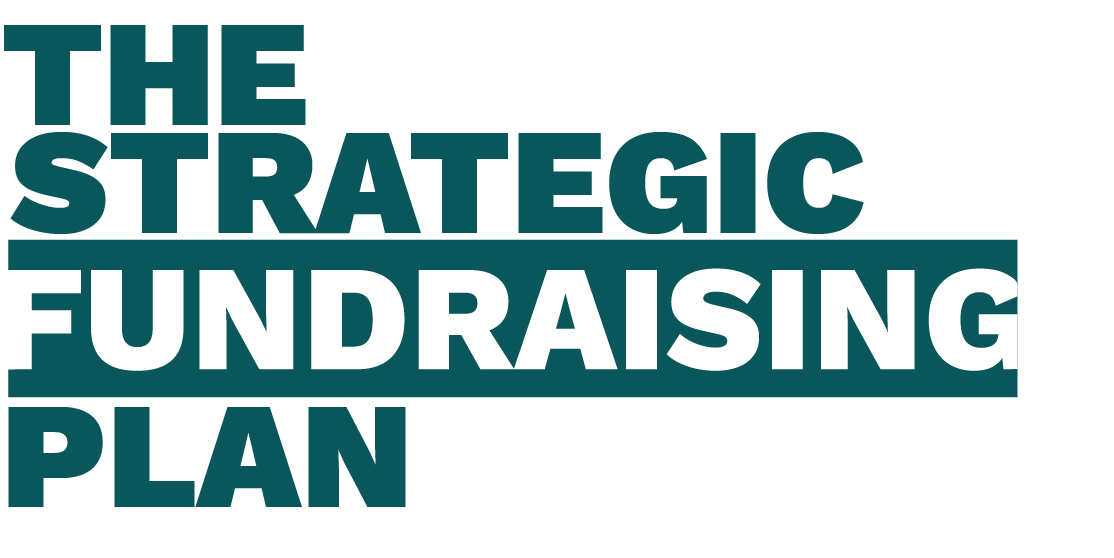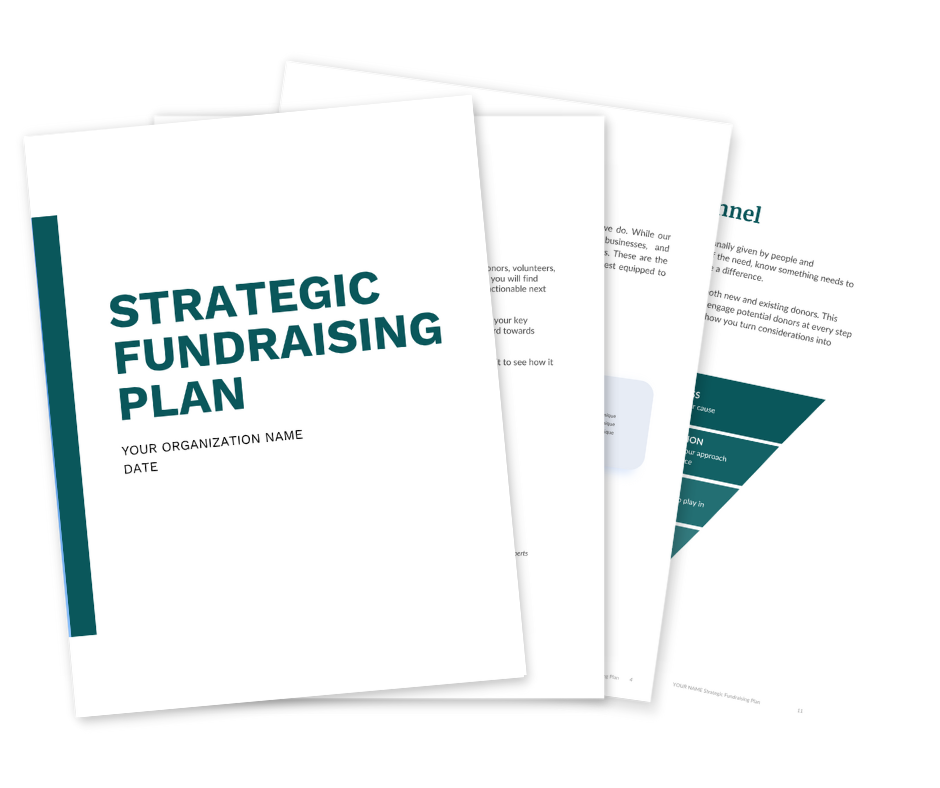For many small nonprofit leaders, fundraising can be a task that gets minimal attention since it sometimes appears complex, challenging, and cringey. The author of this article, Jon DeLange, has been the director of development at an organization raising less than $1,000,000 each year, and often heard those dreaded words “We’re just the best kept secret in town!”
Here is a framework for identifying your simple case for support, committing to manageable daily actions, and cultivating your top 100 donor relationships.
A Simple Case for Support
Your 1-4 sentence logical case for support shows your donors the problem that needs to be solved and the solution you offer while giving them a vision for a successful outcome. This statement needs to be one you feel comfortable verbally sharing so it doesn’t just collect dust on your website’s “About” page.
A great case for support addresses the 3 levels of problems that a client of your services will experience: External, Internal, & Philosophical.
External Problem
This level refers to the physical situations that these individuals face regularly:
- No food on the table
- No access to education
- A Lack of support
- A lack of finances
Internal Problem
This level refers to the emotions that this individual or family feels about their situation:
- Fear
- Overwhelm
- Shame
- Desperation
- Pressure
- Uncertainty
Philosophical Problem
This level refers to the “should” of the situation or the rightness or wrongness of what you do:
- No mother should have to choose between staying in an abusive relationship and having a home for her children.
- Children have a right to be educated.
- It’s not right that people are neglected because of who they are.
Tying these three levels of problems together creates a case that addresses the entirety of your audience’s challenges in a way that a supporter can quickly grasp.
Ovarian Cancer Organization Awareness Example:
Ovarian Cancer is the deadliest female reproductive cancer. Most women miss key early warning signs since they are not aware of slight changes to their bodies.
Harts of Teal exists to help healthy women identify early warning signs of ovarian cancer.
We believe in a future where every woman can be in tune with her body and that those who do have an ovarian cancer diagnosis should not be alone.
Your Daily Actions & Top 100
Now that we have a simple framework for talking about our mission, we move on to taking regular relational steps to invest in our key relationships.
Here is my challenge to you, committing to this effort will transform your fundraising:
Challenge: Take 1 personal action every workday to make someone feel like a hero to your organization.
- “1 Personal Action” definition: A call, text, visit, or conversation.
- “Someone” definition: Volunteer, donor, adoptive family, foundation representative.
- “Hero” definition: Someone who gets to see, feel, or participate in the positive work of your organization.
Where to start? Gather your list of your top 100 relationships, and commit to stewarding these individuals well this year. If you do one step every work day, everyone on this list will hear personally from you at least twice in the coming year.
This relational campaign sets the stage with existing donors who could give again and cultivates those who have yet to give for the first time.
But what should I do with these 100? What if I run out of ideas? That’s where we move to next, unpacking a simple formula for relationship building.
The Champions Equation
How individual relationships are cultivated.
( I + R ) E² = C
Information Plus Relationship multiplied by Emotional Engagement equals Champions
Framework courtesy of Elevation Growth Partners.
Create a List of Informational and Relational Actions
Informational Ideas:
- Annual Report
- Compelling Story
- Key Funding Priorities
- Infographics
Relational Ideas
- Staff introduction call or personal card
- Personal visit
- Live event invite (can even be unrelated to your organization – “come to the jazz festival with me next month”)
- Birthday Card
- Anniversary Card
- Giving milestone celebration (10k given, 5 years, etc)
- Send a voice memo and pray for their family
These all can be enhanced through emotional storytelling, whether it’s hearing a partner recount their story or meeting someone your organization served.
Remember: You’ve made a big impact, and many followers will want to keep helping, but may not even know how to.
What to do next?
Simplify your fundraising
If you’d like to explore growing your fundraising and marketing results, begin by using these principles. You can effectively raise more money for your small (yet mighty) nonprofit! And if you need help, that’s what we’re here for. Check out the three levels of support that we offer nonprofits like yours. We’ve served over 200 organizations in the past decade, and can’t wait to learn more about how we can help serve you, too!



